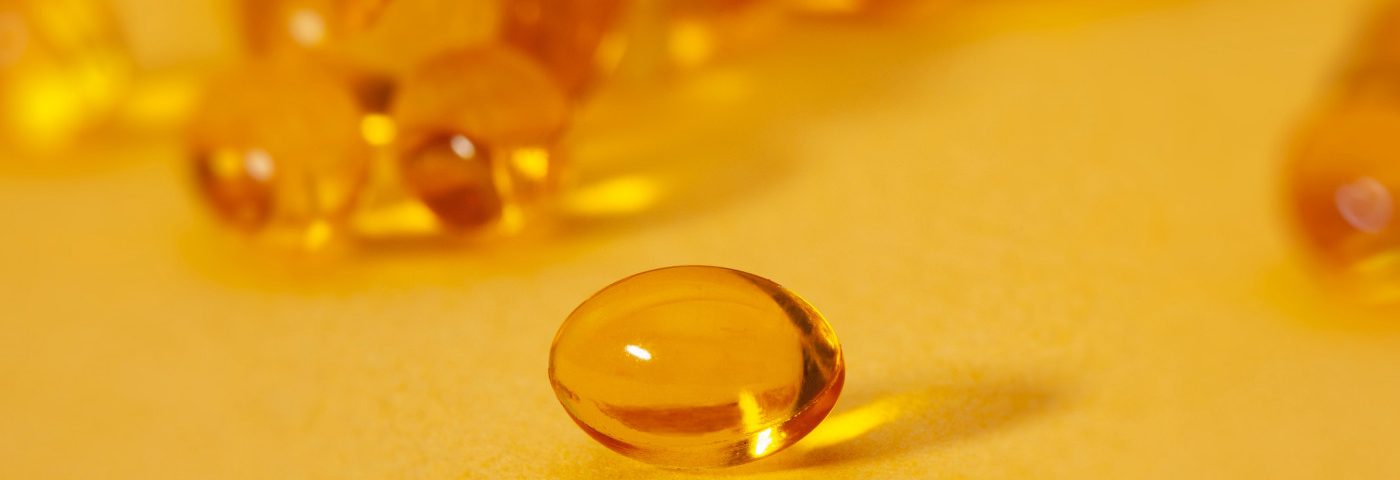A carrier system made of tiny silica particles may be used to deliver a therapeutic enzyme directly to the digestive system, a recent study suggests.
Such an oral treatment would overcome the need for daily injections of enzyme replacement therapy for phenylketonuria (PKU), but further work is necessary before it might be tested in patients, its researchers said.
The study, “A microparticulate based formulation to protect therapeutic enzymes from proteolytic digestion: phenylalanine ammonia lyase as case study,” was published in the journal Scientific Reports.
PKU is characterized by inadequate production of phenylalanine hydroxylase (PAH), an enzyme responsible for the conversion of phenylalanine into tyrosine. Both phenylalanine and tyrosine are amino acids, the building blocks of proteins.
Lower levels of PAH result in a toxic buildup of phenylalanine in the blood and in organs, which can damage the brain.
Standard treatment for this disorder is a lifelong, strict phenylalanine-free and low-protein diet, along with medical foods such as phenylalanine-free protein substitutes. But these often lack a pleasant taste.
BioMarin Pharmaceutical developed two PKU treatments, Kuvan (sapropterin dihydrochloride) and Palynziq (pegvaliase-pqpz). The company is also working on a gene therapy, BMN 307, for this disorder.
Kuvan, approved by in the U.S. is 2007, is an oral treatment for a specific subset of PKU patients, those with BH4-responsive PKU, together with a strict diet in most cases.
Palynziq, approved in 2018, is an enzyme replacement therapy (ERT) that includes an engineered form of phenylalanine ammonia lyase (PAL) — an enzyme that breaks down phenylalanine. The therapy is, in principle, effective for all PKU patients, and is administered once a day via subcutaneous (under-the-skin) injection.
Yet, Palynziq’s use can have notable adverse effects, such as injection site reactions, antibodies against the components of the therapy, hypersensitivity, dizziness and vomiting.
“In view of these limitations, developing a universal formulation capable of delivering an enzymatic replacement therapy to a larger patient population in a non-invasive fashion (e.g., oral administration) would greatly improve the disease management,” the researchers wrote.
An oral ERT could considerably improve patients’ quality of life and make disease management easier. Taking the treatment close to a meal would enable a breakdown of food-derived phenylalanine, likely allowing a person more flexibility with the diet, the scientists said. An oral ERT could also improve degradation of phenylalanine in the gut.
Attempts to develop such oral formulations, however, have been hampered by major challenges, such as the fact that PAL is rapidly inactivated by the acidic environment and enzymes in the gastrointestinal (GI) tract, rendering the treatment ineffective.
Researchers at the Institute of Pharmaceutical Sciences, in Zurich, designed a system suitable for oral delivery to overcome the need for daily injections.
Their system consisted of mesoporous silica particles (MSP) loaded with PAL, and coated with a semipermeable membrane to shield PAL from GI acidity and enzymes, while at the same time allowing phenylalanine to diffuse into the particle to be broken down by PAL.
The team selected these particles as delivery vehicles because they have adjustable pore and particle size, and are capable of accommodating large proteins like phenylalanine ammonia lyase or PAL.
Through a series of experiments that included incubation with trypsin (a digestive enzyme), the researchers determined an appropriate pore size (10 to 35 nanometers), adequate loading of active PAL, and the right components for the protective coating. This included a layer of a protein found in soybean that is able to protect PAL from digestion in the GI tract.
But the system needs to be further optimized to prolong PAL activity while traveling through the intestinal tract, the researchers said.
“To guarantee the gastric protection of the system the particle should be loaded in enteric capsules for example in dried form. However, testing these capsules in vivo would require a larger animal model than the gold standard Pahenu2/enu2 [PKU] mouse model,” they wrote.
“Overall … the proposed approach could provide a general means to deliver orally various types of therapeutic enzymes and prolong their luminal [intestinal] activity,” the team concluded.

